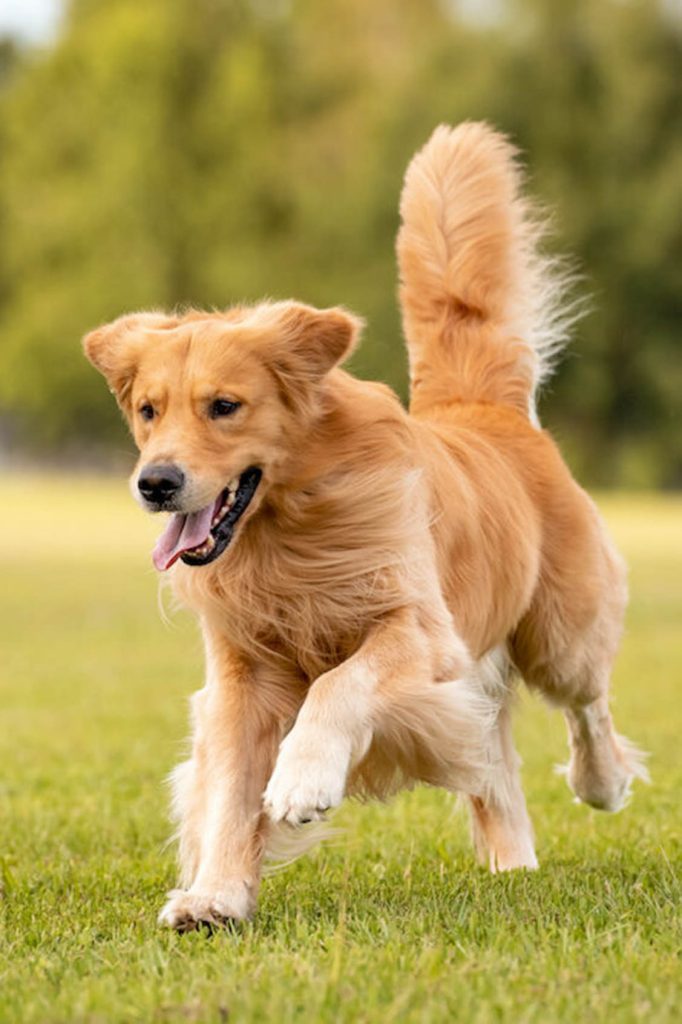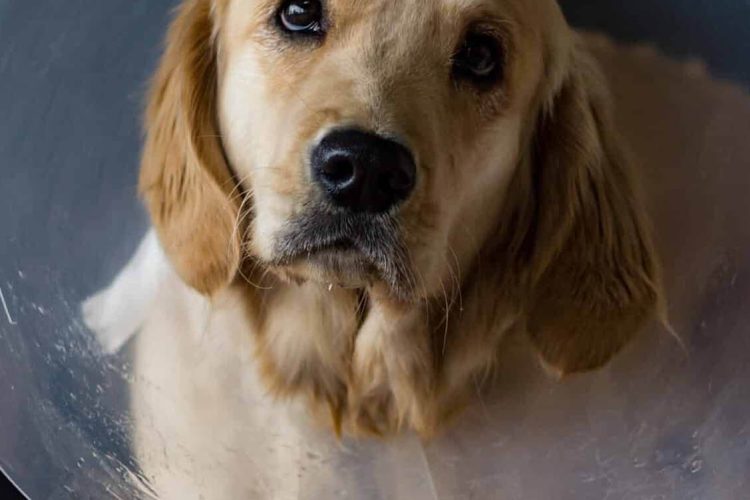Spaying and neutering are common surgical procedures performed on dogs to prevent reproduction. These procedures are widely recommended by veterinarians and animal welfare organizations, but they come with a range of potential health impacts that pet owners should understand.
1. Understanding Spaying and Neutering
a. Spaying
- Definition: Spaying is the surgical removal of a female dog’s ovaries and uterus. This procedure, also known as ovariohysterectomy, renders the dog incapable of becoming pregnant.
- Procedure: It is performed under general anesthesia. The surgeon makes an incision in the abdomen to remove the reproductive organs. The procedure typically takes about 1-2 hours, depending on the dog’s size and health.
b. Neutering
- Definition: Neutering, or castration, is the surgical removal of a male dog’s testicles. This procedure, also known as orchiectomy, prevents the dog from fathering puppies.
- Procedure: Like spaying, neutering is performed under general anesthesia. The surgeon makes an incision in the scrotum or sometimes a small incision in the abdomen to remove the testicles. The procedure generally lasts around 30 minutes to an hour.
2. Health Benefits of Spaying and Neutering
a. Reduced Risk of Certain Diseases
- For Females:
- Pyometra: Spaying eliminates the risk of pyometra, a life-threatening infection of the uterus that is common in unspayed females.
- Ovarian and Uterine Cancer: Spaying reduces the risk of ovarian and uterine cancers, which can be fatal if not detected early.
- For Males:
- Testicular Cancer: Neutering eliminates the risk of testicular cancer, a common issue in unneutered males.
- Prostate Problems: Neutering reduces the risk of benign prostatic hyperplasia (BPH) and prostate cancer, conditions that can cause discomfort and health issues.
b. Behavioral Improvements
- For Females:
- Eliminates Heat Cycles: Spaying prevents the behavioral changes associated with heat cycles, such as frequent urination, restlessness, and vocalization.
- For Males:
- Reduced Aggression: Neutering can reduce aggressive behaviors and dominance issues that are often driven by hormonal changes.
- Decreased Marking and Roaming: Neutering reduces the urge to mark territory and roam in search of a mate, which can prevent the risks associated with wandering, such as injury or getting lost.
c. Population Control
- Preventing Unwanted Litters: Spaying and neutering are crucial in controlling the pet population. By preventing unwanted litters, these procedures help reduce the number of homeless animals and contribute to the overall health of animal shelters and rescue organizations.

3. Potential Health Risks of Spaying and Neutering
a. Increased Risk of Certain Conditions
- For Females:
- Urinary Incontinence: Some spayed females may develop urinary incontinence, a condition where the dog loses control over her bladder. This can often be managed with medication.
- Obesity: Spayed females may have a higher tendency to gain weight due to hormonal changes that affect metabolism. Weight management through diet and exercise is essential.
- For Males:
- Orthopedic Issues: Some studies suggest that early neutering may increase the risk of certain orthopedic conditions, such as hip dysplasia and cranial cruciate ligament tears, particularly in large breeds.
- Increased Risk of Certain Cancers: There is some evidence that neutering, especially when done before the dog matures, may be associated with a higher risk of certain cancers, such as hemangiosarcoma and lymphosarcoma.
b. Surgical Risks
- General Risks: As with any surgery, spaying and neutering carry risks related to anesthesia and the surgical procedure itself, including infection, bleeding, and reactions to anesthesia. However, these risks are relatively low and are mitigated by the use of modern surgical techniques and monitoring.
4. Timing of Spaying and Neutering
a. Early vs. Traditional Timing
- Early Spaying/Neutering: This typically refers to procedures done before 6 months of age. Early spaying/neutering is common in shelters and is associated with benefits such as reduced risk of certain cancers and the prevention of unwanted litters.
- Traditional Timing: Waiting until a dog reaches sexual maturity (around 6-12 months) or even later may reduce some of the risks associated with early spaying/neutering, such as orthopedic problems. However, it may also result in a higher risk of certain cancers or behavioral issues.
b. Factors to Consider
- Breed and Size: The optimal timing for spaying or neutering may vary depending on the dog’s breed, size, and health. Larger breeds, for example, may benefit from waiting until they are fully mature to reduce the risk of orthopedic problems.
5. Post-Surgical Care
a. Immediate Aftercare
- Rest and Recovery: After surgery, it is essential to provide a quiet and comfortable space for your dog to rest. Limit their activity to prevent complications and ensure proper healing.
- Pain Management: Your vet will prescribe pain relief medication to keep your dog comfortable. Follow the prescribed dosage and monitor for any signs of discomfort or adverse reactions.
b. Monitoring for Complications
- Incision Site: Check the incision site regularly for signs of infection, such as redness, swelling, or discharge. Prevent your dog from licking or scratching the area by using an Elizabethan collar if necessary.
- Behavioral Changes: Watch for any significant changes in behavior, appetite, or urination. Contact your vet if you notice anything concerning.
6. Making the Decision
a. Discussing with Your Vet
- Health Assessment: Consult with your veterinarian to assess your dog’s health and determine the most appropriate timing for spaying or neutering. Discuss the potential benefits and risks based on your dog’s breed, age, and overall health.
- Informed Choice: Make an informed decision based on your dog’s specific needs and circumstances. Your vet can provide guidance on the best course of action and help address any concerns you may have.
b. Personal Considerations
- Lifestyle and Environment: Consider how your dog’s lifestyle and environment may impact the decision. For example, if you live in an area with a high number of stray animals or have concerns about unwanted litters, early spaying/neutering may be beneficial.

7. Alternatives to Spaying and Neutering
a. Hormone-Blocking Treatments
- Options: Hormone-blocking treatments, such as deslorelin implants, can temporarily prevent reproduction without permanent sterilization. These options may be suitable for owners who want to delay or avoid spaying/neutering.
b. Responsible Breeding
- Controlled Breeding: For owners interested in breeding their dogs, responsible breeding practices can help manage the population while ensuring the health and well-being of the breeding animals and their offspring.
8. Long-Term Health Monitoring
a. Regular Vet Check-ups
- Ongoing Care: Regular veterinary check-ups are essential to monitor your dog’s health and address any issues that may arise from spaying or neutering. Your vet can provide recommendations for maintaining your dog’s health throughout their life.
b. Preventive Measures
- Diet and Exercise: Maintain a healthy diet and regular exercise routine to help manage weight and overall health. Address any concerns about obesity, joint health, or other issues with your vet.
Spaying and neutering are significant decisions that impact your dog’s health and well-being. While these procedures offer numerous benefits, such as reducing the risk of certain diseases and preventing unwanted litters, they also come with potential risks that should be carefully considered. By understanding the pros and cons, discussing with your veterinarian, and making an informed decision, you can ensure the best possible outcome for your furry companion.
Ultimately, the choice to spay or neuter your dog is a personal one, guided by your dog’s specific needs, your lifestyle, and your commitment to their health. With proper care and monitoring, most dogs adapt well to life after these procedures and enjoy long, healthy lives.
